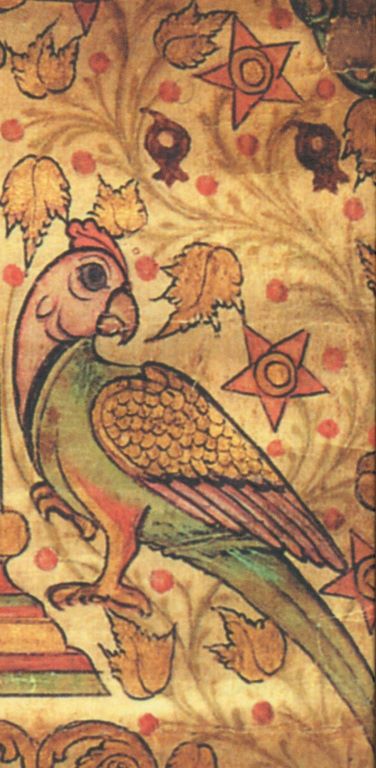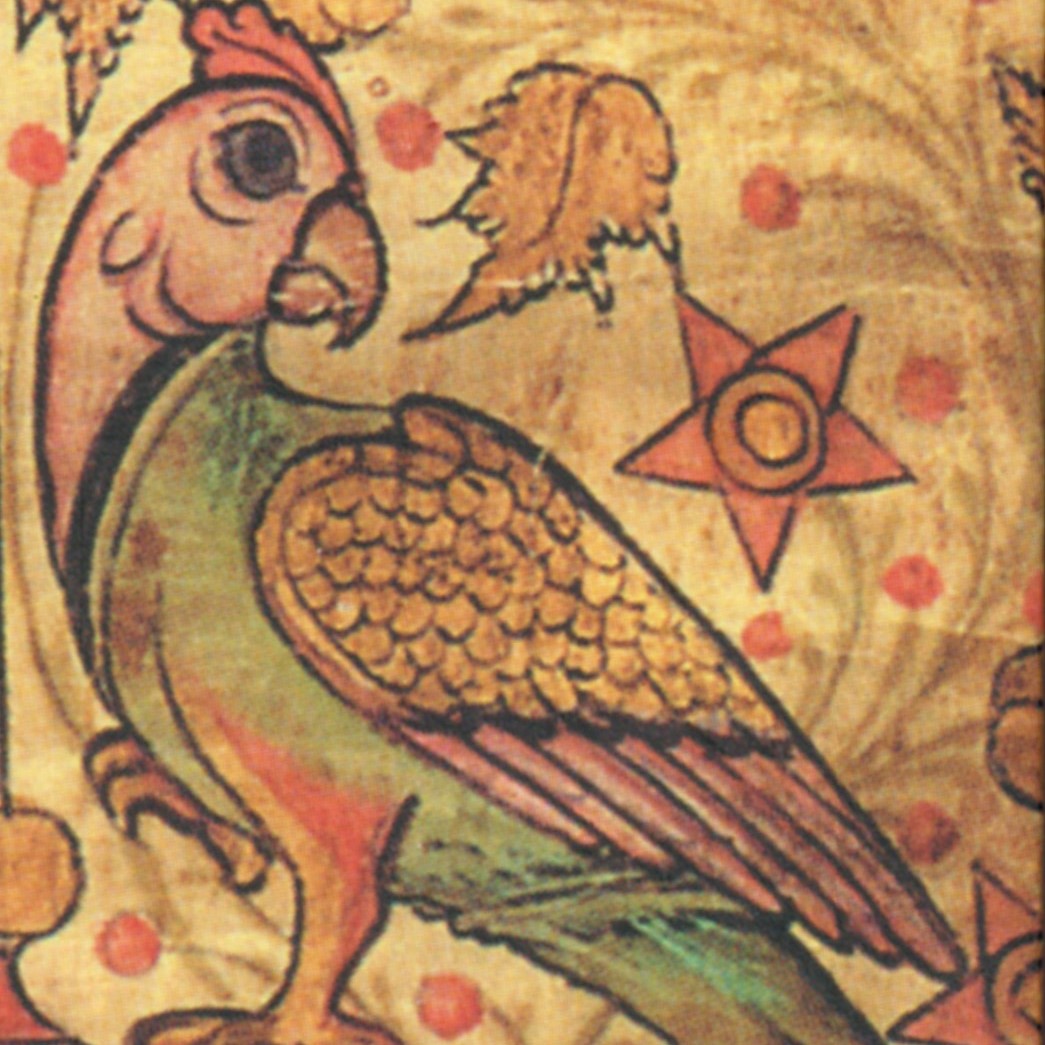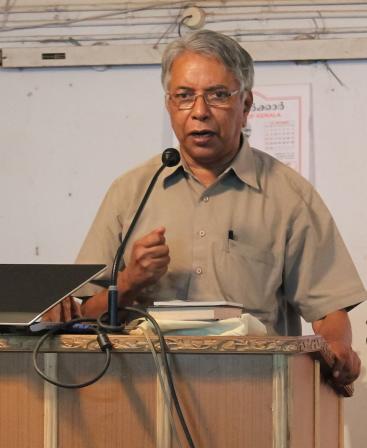1981
61. Lord from the Beginning
Rahel Nehemia, Toba Sofer, and others. Recorded by Avigdor Herzog, Moshav Taoz, December 23, 1981; IV-1.
Tala tŏṭṭirikkunna taṃbirān tānĕnnu
Tāndala viḍānŏri nerāvuṃ illan
1. From the origin of time is the Lord Tambiran;
There was no time before, before Lord Tambiran.2. All alone, the only One, is the Lord Tambiran;
Beside the greatness of the Lord, there is nothing to compare.
3. With nothing like a body form, with no body qualities,
Before creation of each thing there was Lord Tambiran.4. Nothing came before the Lord, before the Lord, the only One.
Creator of all the world is the Lord Tambiran.5. And so may it always be that the Lord shall be praised.
He gave a shining prophecy to the ones who are redeemed.
Taṃbirānḍa paḍivu kaņḍavaruṃ illannu
Taniyyě mośě ṟabben tān kaņḍatupolě
6. No one has ever seen the shape of the Lord Tambiran.
No one has ever seen the Lord—no one except Moshe Rabban.7. Never did a prophet rise like unto Moshe Rabban.
He gave the news to everyone; word by word, the news was given.8. All united in their minds; together as one they stood.
All with their attention fixed, together as one they heard.9. This the Lord will proclaim, whenever they come to plead.
Forever may the Lord be blessed, Eternal Lord Tambiran.
This is the older of two Malayalam devotional songs that are versions of the rhymed Hebrew liturgical hymn Yigdal Elohim Ḥai—“The Living God be Magnified” (Sefer Tefilat haḤodesh 1931, 17), based on the thirteen “articles of faith” listed by Maimonides. The widely-known Hebrew piyyut is incorporated into the daily and Shabbat liturgy of both Sephardi and Ashkenazi Jews. This Malayalam version of the hymn is found in notebooks from all three Kochi communities (three from the nineteenth century) and also in two notebooks from Parur.
Identified in several notebooks as a “clapping song,” it was performed as such in the 1981 Hanukkah video recording by Kadavumbhagam-Kochi women in Moshav Taoz. It was the first song they sang in this circle-dance performance. In dramatic contrast to their rendering of the livelier folk-style songs that followed, they sang and danced it slowly and seriously, with a change of melody when the slow clapping began in stanza 6. Given its content, placement, and performance style, “Lord from the Beginning” may be viewed as an invocation calling upon God’s blessing for the performance and the occasion, comparable to the initial song in women’s circle dances by Kerala Hindus and Christians (Puthuserry 2001).
The Parur version in notebook B-9 is one of those inscribed under the heading “clapping songs”—perhaps an indication that at one time the circle dances were performed in Parur as well as Chendamangalam and Kochi, though it is possible that the song was copied along with that heading from a Kadavumbhagam or Chendamangalam notebook.
Viewing both versions of Yigdal from the perspective of the original Hebrew hymn, we can see that this older one is less a translation than a free rendering of some verses, with other themes added and some of Maimonides’s “articles of faith” left out. In comparing the two versions from a literary perspective, Zacharia found the lyrics of this earlier composition to be freer, more poetic, and more typical of the Malayalam cultural style (Jerusalem, July 2001).







